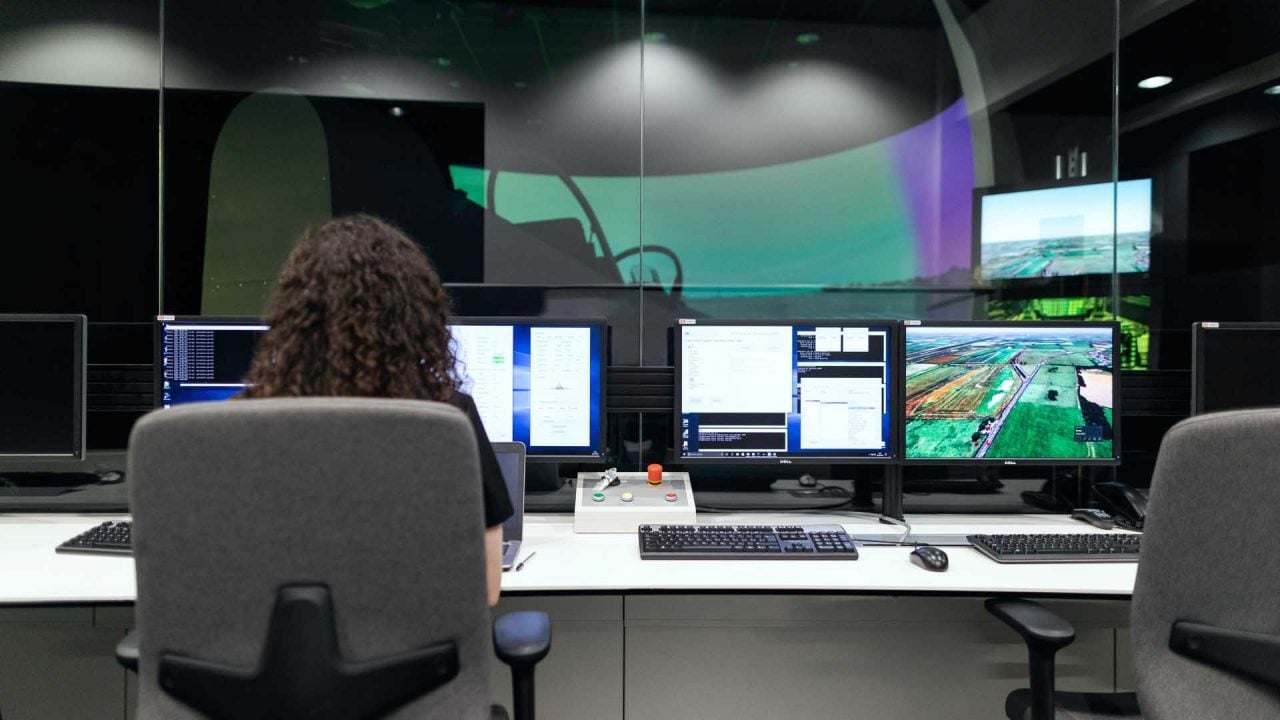Although English is the most studied language in the world, only about 20% of the global population actually speaks it. So, it's only natural that consumers prefer to watch videos that have been adapted to their culture and language.
Why should you localize your videos
Creating multimedia content that’s adapted to the local language and culture creates a personalized experience for your international customers and should be a key consideration when addressing new markets.
It’s a good idea to keep localization in mind and leave room for some creative (and budget) flexibility while you’re creating your video content. This can make the video localization process more straightforward and result in a final product that meets your communication goals.
Here are five more tips to ensure that your video localization project is a success:
1. Choose between subtitles or voice-overs
Subtitles and voice-overs are two options for localizing your video content. Which one is best for you?
It all depends on the nature of your video and how you are going to use it. It also depends on your budget. Voice-overs involve more time and effort and therefore cost more than subtitles.
At Acolad, we can help you find the best solution for your multimedia localization projects based on your company’s needs.
2. Don’t forget to translate graphics and text
Are there any on-screen graphics or text in your video? Don’t forget to translate them into your target language as well! This also ties into the previous point since on-screen text alongside subtitles may be too distracting for the viewer, making voice-overs a better choice in this case.
3. Voice-overs may be required
How many different voices are there in your original video? The more speakers there are, the harder it will be to distinguish between them when using subtitles. Voice-over recordings can be the better alternative here, especially when you are working with skilled actors who can use different voices.
4. Plan ahead for subtitles
Depending on which language you’re translating your content into, the subtitle text might expand significantly. For example, German is generally 30% longer than English.
Keep in mind that you should leave some extra space so the text can stay readable depending on the language and characters used.
If you’re using subtitles, it’s best practice to not have critical action happening in the bottom third of the screen, so you can use this space for subtitles without affecting the content of the video.
We have years of expertise in providing audiovisual translations, so you can rest assured that you’ll receive a top-quality final product.
5. Allow extra time for voice-overs
When recording the original video, consider leaving some extra time in case the voice-over audio is longer than the source audio. You can do this by leaving pauses between dialogue or asking the voice actors to speak at a slower pace. This leaves you some room for flexibility and helps to create a more natural final video.
Timing your audio scripts can also be helpful, so the voice actor knows the time limits that their recordings should stay within.
Localization is a powerful tool for reaching new markets and taking your video content to the next level. Keep these tips in mind and you’ll be on the right track to creating great localized video content.










